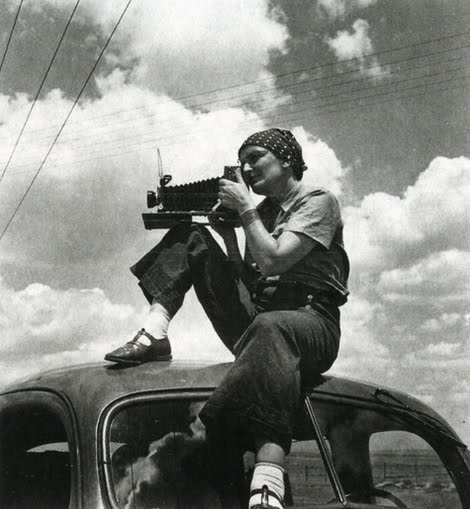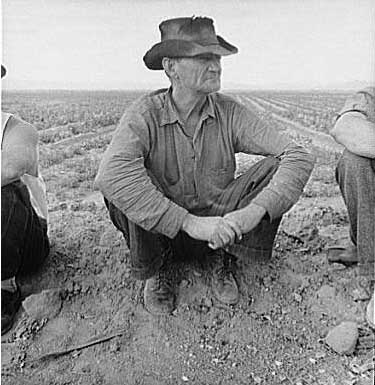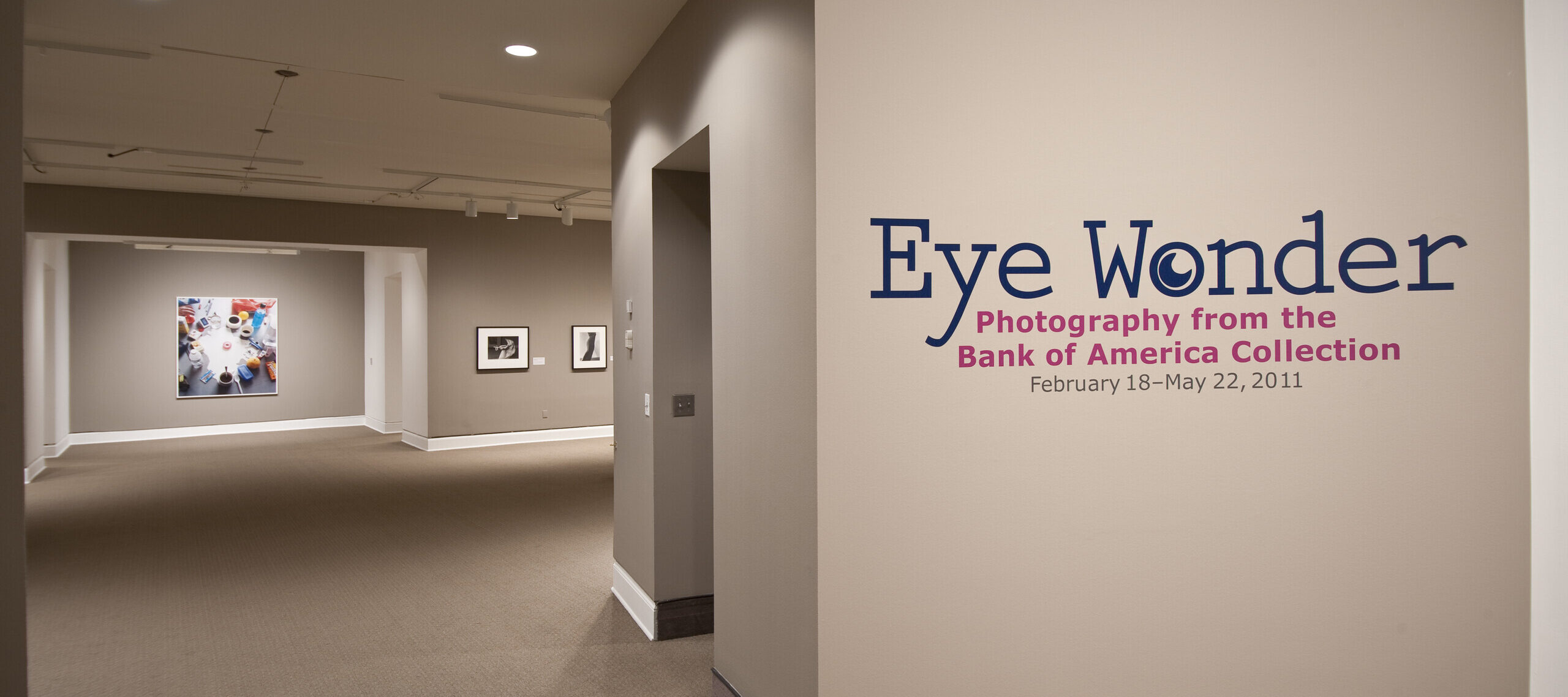
Dorothea Lange’s photograph of Migrant Mother with Three Children, Nipomo, California is a haunting image, epitomizing an era of hardship that has truly stood the test of time. But who is Dorothea Lange and how did she come to photograph such an iconic image, the image that is believed to have inspired John Steinbeck to write The Grapes of Wrath?

Lange (1895–1965) was born in Hoboken, New Jersey, and studied photography at Columbia University under Clarence H. White, a master portrait photographer, teacher, and founding member of the Photo-Secession movement. In 1918, Lange decided to travel the world and sell her photographs until settling in San Francisco when her money ran out. There she worked in a portrait studio, photographing softly-focused and moodily lit photographs reminiscent of her teachers’ work.

Her style changed drastically with the start of the Great Depression in which her portraits became starker and bleaker as a reflection on the circumstances. Her photographs gained immediate recognition, and in 1935, she was asked to be a documentary photographer as part of President Franklin D. Roosevelt’s federal Resettlement Administration (later called the Farm Security Administration or FSA) under the U.S. Agricultural Department. As part of this agency, Lange photographed the living conditions of rural America to show to the public the results of years of drought, squatting, and unemployment.
In early 1936, Lange approached a camp near the tiny town of Nipomo, California, where 2,500 impoverished people had traveled to pick peas, which did not grow due to a freeze. Lange described how she met the “Migrant Mother”: “I saw and approached the hungry and desperate mother, as if drawn by a magnet…There she sat in that lean-to tent with her children huddled around her, and seemed to know that my pictures might help her, and so she helped me. There was a sort of equality about it.”
While the actual facts of their meeting are in dispute, the aesthetics and depth of the image are undeniable. Although this photograph is considered documentary in style, Lange made several deliberate artistic choices. She is said to have taken six photographs of this modern-day Madonna (later revealed to be Florence Owens Thompson) to find the most engaging composition.
In the famed photograph, on view in the Eye Wonder: Photography from the Bank of America Collection exhibition, the mother is depicted with three of her children, one of whom she cradles. While the children lean on her for support but are turned away, the viewer’s eye is drawn toward the mother’s anguished facial expression, furrowed brow, and hungry stare off into the distance. Despite the mother’s pained expression, Lange also captures an inner strength. After this photograph was printed in San Francisco News on March 6, 1936, the public responded immediately, sending shipments of food and aid to the area. The photograph remains to be not only a testament of its time but also of American history as a whole.
Check out Migrant Mother with Three Children, Nipomo, California as well as Lange’s other photographs: A Migrant Agricultural Worker, near Holtville, California and Mexican Onion-Picker in Onion Field, near Tracy, California, while they are still on view through May 22, 2011!
Works Cited
“Dorothea Lange Biography—Biography.com.” Biography.com. Encyclopedia Britannica, Inc., 1994-2010. Web. 4 May 2011.
<http://www.biography.com/people/dorothea-lange-9372993 >.
“Dorothea Lange’s ‘Migrant Mother’ Photographs in the Farm Security Administration Collection: An Overview.” Prints & Photographs Reading Room. The Library of Congress, 22 Oct. 2010. Web. 4 May 2011.
<http://www.loc.gov/rr/print/list/128_migm.html >.
Gordon, Linda. Dorothea Lange: A Life Beyond Limits. London: W.W. Norton & Co., 2009.
Owen, Alan. “Two of the Best: Photographic Portraits that Epitomize Their Eras.” Connoisseur Apr. 1986: 56–62.
Pontello, Jacqueline M. “Photo Finish.” Southwest Art June 1994.
